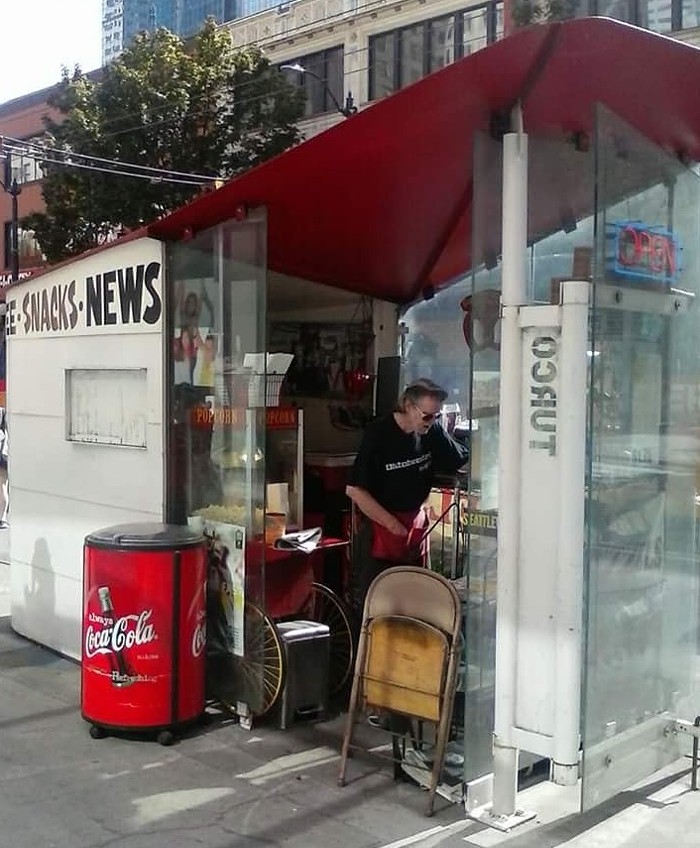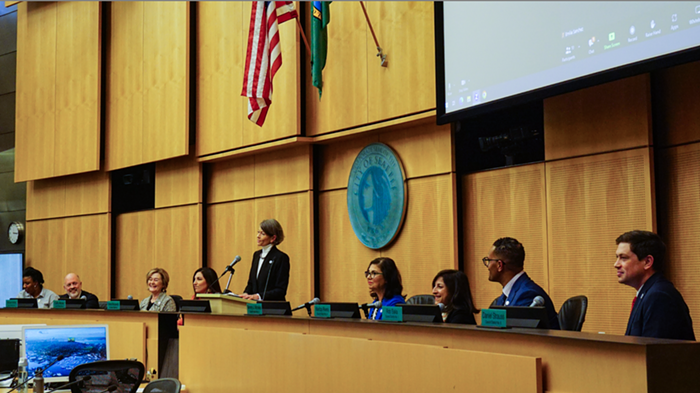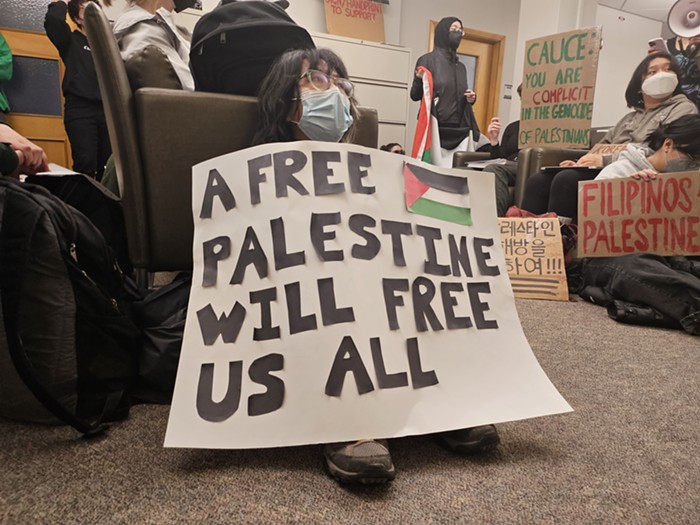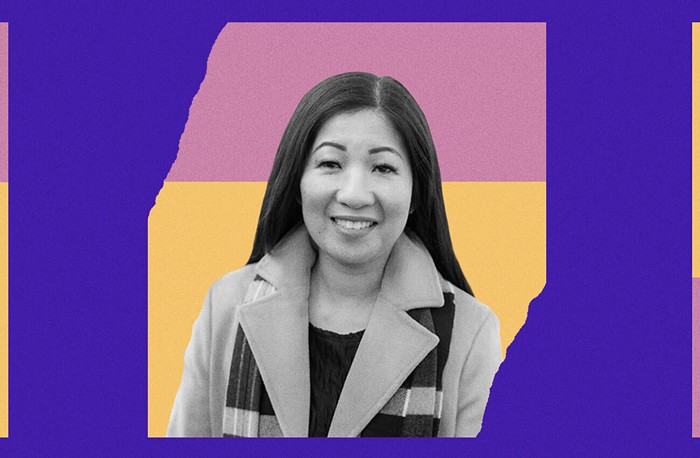
Remember the Thai slavery story last June? A Guardian investigation found that ships used catch fish, which were then used to feed farmed prawns, were crewed by Burmese slaves who were sometimes beaten or killed and tossed overboard. (The boat captains, the story reported, were far more concerned about the well-being of the valuable fish than the well-being of their relatively cheap slaves.)
The farmed prawns were then sold by the world's four largest retailers (Tesco, Costco, Correfour, and Walmart), among others.
Now a yearlong AP investigation indicates—as people feared at the time—that slavery isn't limited to the Thai prawn industry.
Apparently, slave labor contributes to seafood all over the place, in high markets and in low, from your entree at an expensive restaurant to your tin of cat chow:
Tainted fish can wind up in the supply chains of some of America's major grocery stores, such as Kroger, Albertsons and Safeway; the nation's largest retailer, Wal-Mart; and the biggest food distributor, Sysco. It can find its way into the supply chains of some of the most popular brands of canned pet food, including Fancy Feast, Meow Mix and Iams. It can turn up as calamari at fine dining restaurants, as imitation crab in a California sushi roll or as packages of frozen snapper relabeled with store brands that land on our dinner tables.
In a year-long investigation, the AP talked to more than 40 current and former slaves in Benjina. The AP documented the journey of a single large shipment of slave-caught seafood from the Indonesian village, tracking it by satellite to a gritty Thai harbor. Upon its arrival, AP journalists followed trucks that loaded and drove the seafood over four nights to dozens of factories, cold storage plants and the country's biggest fish market.
The tainted seafood mixes in with other fish at a number of sites in Thailand, including processing plants. U.S. Customs records show that several of those Thai factories ship to America. They also sell to Europe and Asia, but the AP traced shipments to the U.S., where trade records are public.
By this time, it is nearly impossible to tell where a specific fish caught by a slave ends up. However, entire supply chains are muddied, and money is trickling down the line to companies that benefit from slave labor.
One of the (many) troubling things about last June's story was that it involved international businesses that had been vetted and given high levels of certification for labor and environmental practices by groups such as the Global Aquaculture Alliance, which has a Best Aquaculture Practices office in Lynwood.
The current story also implicates GAA-certified companies such as Thai Union and Kingfisher. I've sent the GAA a request for comment.
The GAA was established several years ago to set responsible standards in the international aquaculture trade—if it's incapable of detecting slave labor in its members' supply chains, that has serious implications for the rest of our global food supply. Maybe these kinds of practices aren't anomalies in the large-scale, globalized economy.
Maybe the anomaly is when we notice.


















